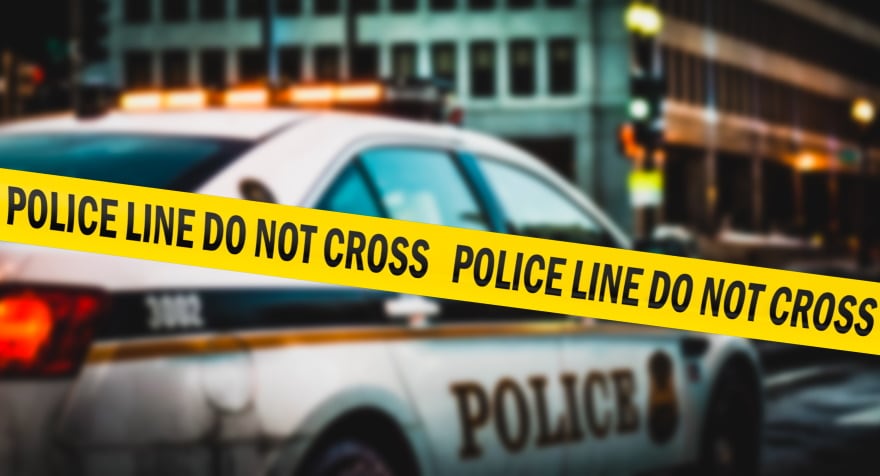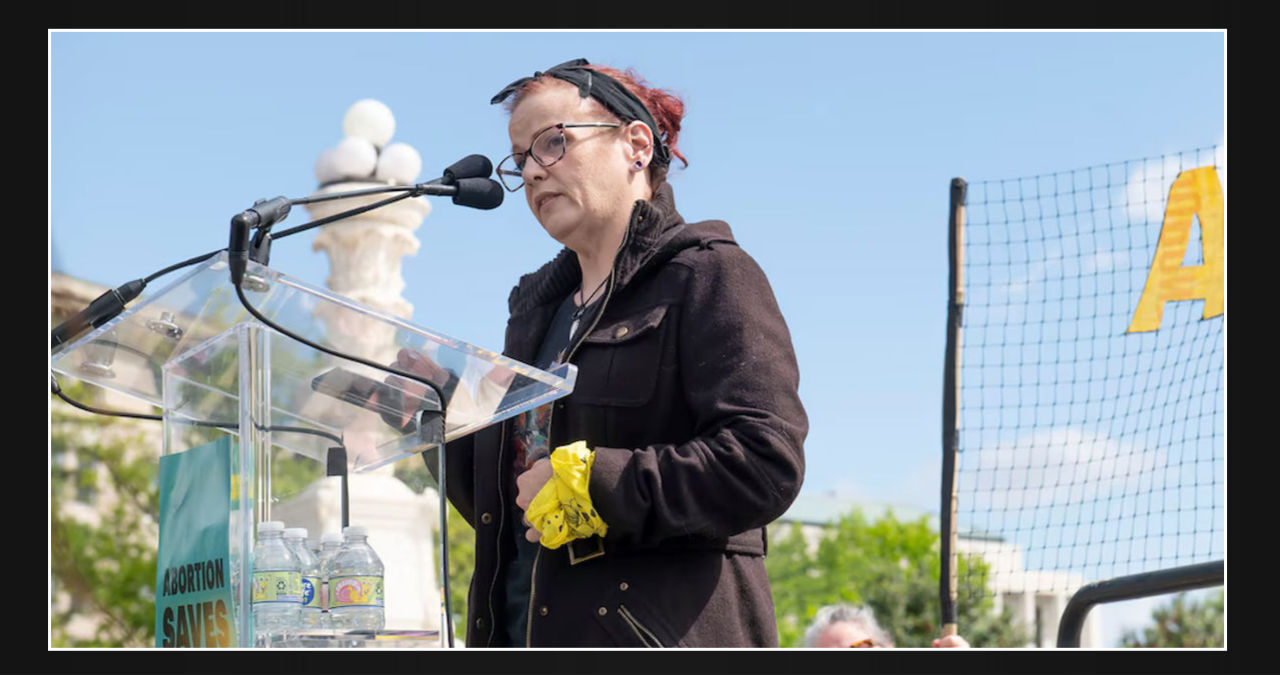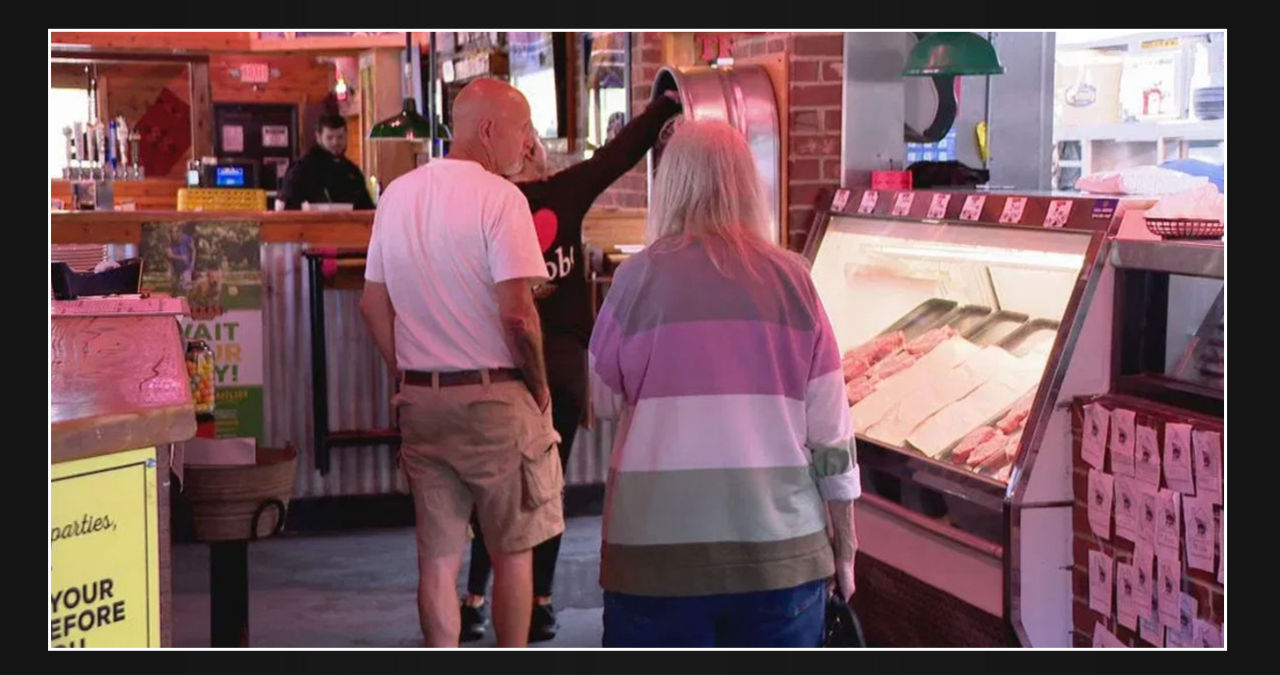In California, a state known for its diverse landscapes and bustling cities, safety remains a top concern for residents. Whether you’re in a major metropolis like Los Angeles or in a quieter town like Truckee, knowing when to call the police is crucial for ensuring your safety and the safety of those around you. This article explores various scenarios where a call to law enforcement is necessary and provides insight into why these situations are particularly important.
California, with its sprawling cities and picturesque suburbs, is home to a variety of potential threats that can arise outside your home. From unusual behavior to suspected criminal activity, recognizing signs that warrant police intervention can help keep your neighborhood safe. Understanding when and why to involve law enforcement can make a significant difference in preventing crime and protecting your community. All the information in this article is based on the report by KTLA & MSN.
Unusual Behavior
Suspicious Individuals
In many cases, seeing someone who doesn’t belong in your neighborhood or exhibiting unusual behavior can be a sign that something is amiss. For instance, individuals who are acting nervously or seem to be casing houses might be planning a crime. In cities like Los Angeles and San Francisco, where crime rates can be higher, it is particularly important to be vigilant.
Example: In Los Angeles, a rise in property crimes has led residents to report suspicious individuals more frequently. The LAPD advises that if someone seems to be surveying homes or acting in a manner that appears out of place, it’s wise to contact the police.
Loitering
Loitering, or hanging around a location without a clear purpose, can sometimes signal criminal intent. If someone is loitering outside your house and showing no signs of leaving, it’s worth reporting. Loitering can often precede property crimes, such as burglaries or drug-related activities.
Example: In San Diego, increased loitering near certain neighborhoods has been linked to a rise in local burglaries. Reporting such behavior helps police identify and address potential issues before they escalate.
Vehicle-Related Suspicious Behavior
Suspicious behavior involving vehicles, such as cars that are parked for extended periods or are moving slowly through neighborhoods without apparent reason, should be reported. This kind of activity could indicate a potential burglary or drug deal.
Example: In Sacramento, residents have reported an uptick in suspicious vehicles linked to recent crime waves. Police suggest noting the vehicle’s description and license plate when reporting.
Property Crimes
Vandalism
Vandalism includes any willful destruction of property and can range from graffiti to broken windows. This type of crime not only damages property but can also contribute to a decline in neighborhood safety and property values.
Example: In Oakland, a recent increase in vandalism has prompted local law enforcement to emphasize the importance of reporting such incidents promptly to prevent further damage and identify suspects.
Burglary Attempts
Any sign of a burglary attempt, such as tampering with locks or broken doors, should be reported immediately. Early intervention can help catch perpetrators in the act or prevent future crimes.
Example: In Riverside, there have been numerous cases of burglary attempts where timely reports from residents helped in apprehending suspects before they could flee.
Theft
Theft, including package theft or car break-ins, is another reason to call the police. Reporting theft can aid in recovering stolen items and deter future thefts.
Example: In Santa Ana, a recent spike in package thefts has led residents to be more vigilant and report suspicious activities related to theft promptly.
Violent Crimes
Assault
Witnessing an assault or hearing loud, aggressive confrontations can be alarming. Assaults are serious crimes that require immediate attention from law enforcement to prevent further harm and ensure justice.
Example: In Fresno, increased reports of violent assaults have led police to urge residents to report any violent incidents or suspicious activities promptly.
Domestic Disturbances
Domestic disturbances, often characterized by loud arguments or physical altercations, can escalate quickly. Reporting these disturbances can help law enforcement intervene and prevent potential violence.
Example: In Bakersfield, domestic disturbances have been linked to a rise in calls to the police, highlighting the importance of reporting such incidents for the safety of all involved.
Threatening Behavior
If someone outside your home is threatening others or acting violently, it’s crucial to contact the police. Threatening behavior can quickly escalate into more serious incidents.
Example: In Long Beach, reports of threatening behavior have increased, prompting local authorities to remind residents to report any alarming or aggressive conduct.
Emergency Situations
Fire
If you see flames or smoke outside your home, it’s essential to call 911 immediately. Fires can spread rapidly and endanger lives, so prompt reporting is crucial.
Example: In Los Angeles, wildfires and urban fires have been significant concerns, and timely reports from residents can help firefighters respond quickly to contain and extinguish fires.
Medical Emergencies
In the event of a medical emergency outside your home, such as someone collapsing or an accident, contacting emergency services is vital for providing immediate assistance and care.
Example: In San Jose, medical emergencies are frequently reported by residents, ensuring that help arrives quickly to those in need.
Dangerous Animals
Encountering dangerous animals, such as aggressive dogs or wildlife, can pose a significant risk. Reporting these sightings can help ensure that the situation is handled safely.
Example: In rural areas of California, reports of dangerous wildlife or aggressive pets are common, and local animal control agencies are equipped to handle such situations.
Reporting Protocol
When to Call 911
Call 911 for emergencies that require immediate police, fire, or medical response. This includes incidents in progress, such as a crime or a fire. For non-emergencies, contact local non-emergency police lines.
Example: In San Francisco, residents are encouraged to use 911 for urgent situations and non-emergency lines for minor issues or inquiries.
Providing Accurate Information
When calling the police, provide clear and detailed information about the situation. This includes descriptions of individuals, vehicles, or any other relevant details that can aid law enforcement.
Example: In Glendale, accurate descriptions and timely reports from residents have been instrumental in resolving incidents quickly and effectively.
Following Up
After making a report, follow up if necessary to provide additional information or updates. Staying in touch with local law enforcement can help ensure that issues are addressed and resolved.
Example: In Irvine, residents who follow up on their reports often receive updates on the status of investigations or actions taken by the police.
Conclusion
In California, being vigilant and knowing when to call the police can significantly contribute to the safety and security of your neighborhood. From reporting unusual behavior to handling emergency situations, timely intervention is key. By understanding the scenarios outlined above and following proper reporting protocols, you can play a crucial role in maintaining a safe environment for yourself and your community.
Stay informed, stay safe, and don’t hesitate to reach out to law enforcement if you encounter any situations that seem out of the ordinary. Your proactive approach can make a real difference in keeping California’s neighborhoods secure.
This Article Includes






